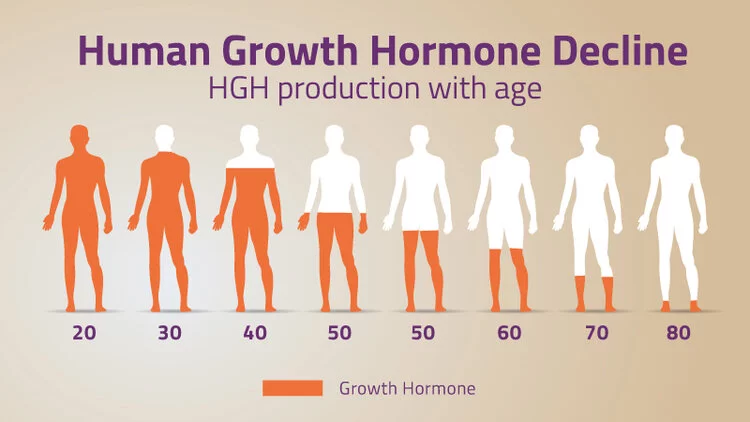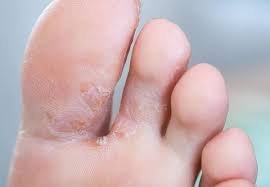Introduction
Recifest When you hear the term “medical marijuana,” what do you think of? Most people would probably think of patients using it to alleviate pain or symptoms of a serious illness. And while that is certainly one way that medical marijuana is used, it’s not the only way. In this blog post, we will explore how medical marijuana is helping patients, families and communities in a variety of ways. From reducing seizures in children with epilepsy to providing pain relief for veterans with PTSD, medical marijuana is making a difference in the lives of many.
The Pros of Medical Marijuana
Medical marijuana is becoming an increasingly popular treatment option for a variety of conditions and illnesses. While there is still some debate surrounding the use of medical marijuana, many people are finding that the pros of medical marijuana outweigh the cons. Here are just a few of the ways that medical marijuana is helping patients, families and communities:
1. Medical marijuana is an effective treatment option for a variety of conditions and illnesses.
2. Medical marijuana can help to reduce or eliminate the need for prescription medications.
3. Medical marijuana can help to improve quality of life for patients and their families.
4. Medical marijuana can be a less expensive treatment option than traditional medications or treatments.
5. Medical marijuana can help to create jobs and boost local economies.
The Cons of Medical Marijuana
Though medical marijuana has shown to be helpful for some people, there are also potential drawbacks that must be considered. One such drawback is the potential for abuse. Some people who use medical marijuana may begin to abuse it, using it more often than prescribed or taking it in higher doses. Additionally, marijuana can be addictive and some News people may find it difficult to stop using even when it is no longer medically necessary. It’s important to talk to your doctor about the potential risks and side effects of medical marijuana before starting any treatment.
How to Get a Prescription for Medical Marijuana
Medical marijuana is now legal in a majority of states and the list of qualifying conditions for a medical marijuana prescription continues to grow. If you think medical marijuana could help you or a loved one, here’s what you need to know about getting a prescription.
In order to get a prescription for medical marijuana, you must first consult with a doctor who is registered with the state medical marijuana program. Not all doctors are registered, so be sure to ask if your doctor is before making an appointment.
During your consultation, the doctor will evaluate your condition and determine whether or not medical marijuana would be an effective treatment. If they believe it could help, they will write a recommendation which you can then use to register with the state program.
Once you’re registered, you’ll be able to purchase medical marijuana from licensed dispensaries. The type of cannabis and dosage will be determined by your doctor based on your specific condition.
It’s important to note that while medical marijuana is now legal in many states, it is still illegal under federal law. This means that it cannot be prescribed by a doctor and can only be recommended for use.
Where to Find Medical Marijuana
Medical marijuana is legal in 33 states and Washington, D.C. as of 2019. You can find a dispensary near you by using the Dispensary Finder on Leafly.com or Weedmaps.com.
If medical marijuana is not legal in your state, you may be able to get it through a clinical trial. The National Institutes of Health (NIH) maintains a database of current clinical trials that are studying marijuana.
In states where medical marijuana is legal, patients with a qualifying condition must get a recommendation from a licensed healthcare provider in order to obtain a medical marijuana card. Once they have their card, they can purchase medical marijuana from a dispensary.
Alternatives to Medical Marijuana
Medical marijuana is not the only option available to patients seeking relief from their symptoms. There are a variety of other treatment options that may be more effective for some patients, depending on their individual situation.
One alternative to medical marijuana is CBD oil, which is derived from the cannabis plant but does not contain THC, the psychoactive component of marijuana. CBD oil is legal in most states and can be purchased without a prescription. Some studies have shown that CBD oil may be helpful in treating certain medical conditions, such as epilepsy and chronic pain.
Another alternative to medical marijuana is acupuncture. Acupuncture has been used for centuries to treat a variety of health conditions and is considered safe and effective by many healthcare providers. A recent study found that acupuncture may be helpful in reducing symptoms of post-traumatic stress disorder (PTSD).
Patients should talk to their healthcare provider about all of their treatment options, including medical marijuana, before making any decisions about what type of treatment is right for them.
Conclusion
The use of medical marijuana is becoming more and more mainstream as its benefits continue to be realized by patients, families, and communities. With a wide range of potential applications, medical marijuana is helping people in a variety of ways, from treating serious illnesses to managing chronic pain. If you or someone you know could benefit from medical marijuana, don’t hesitate to explore the option further.




